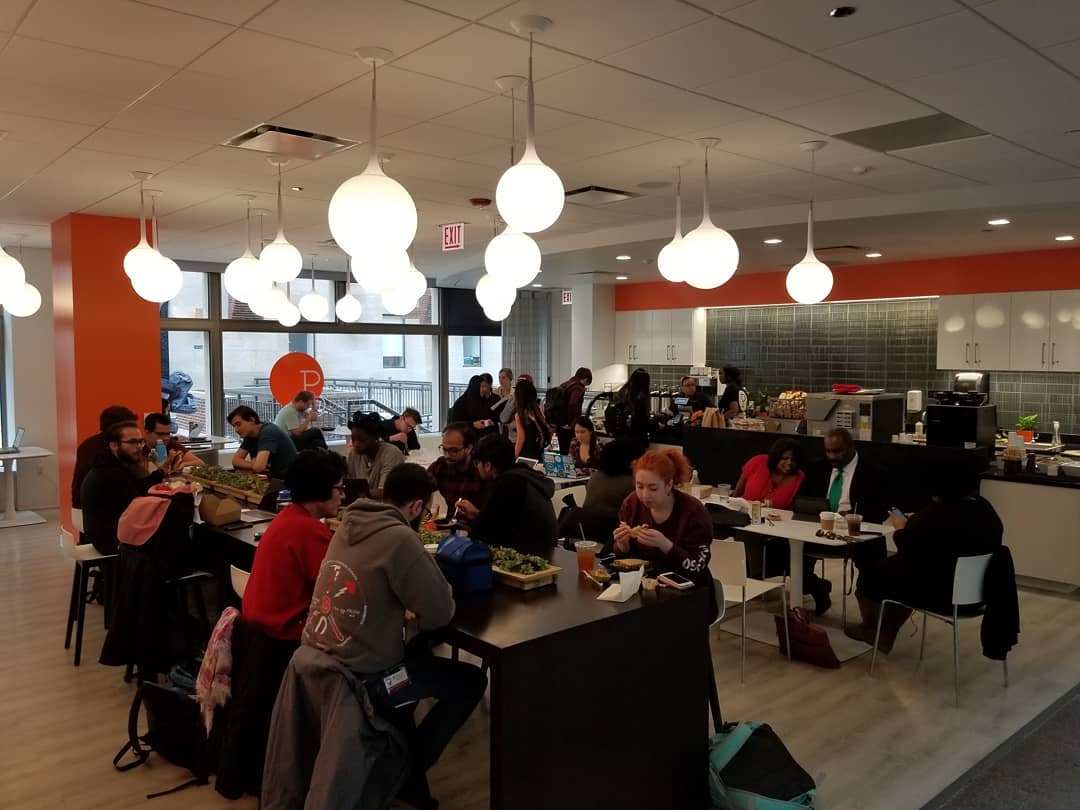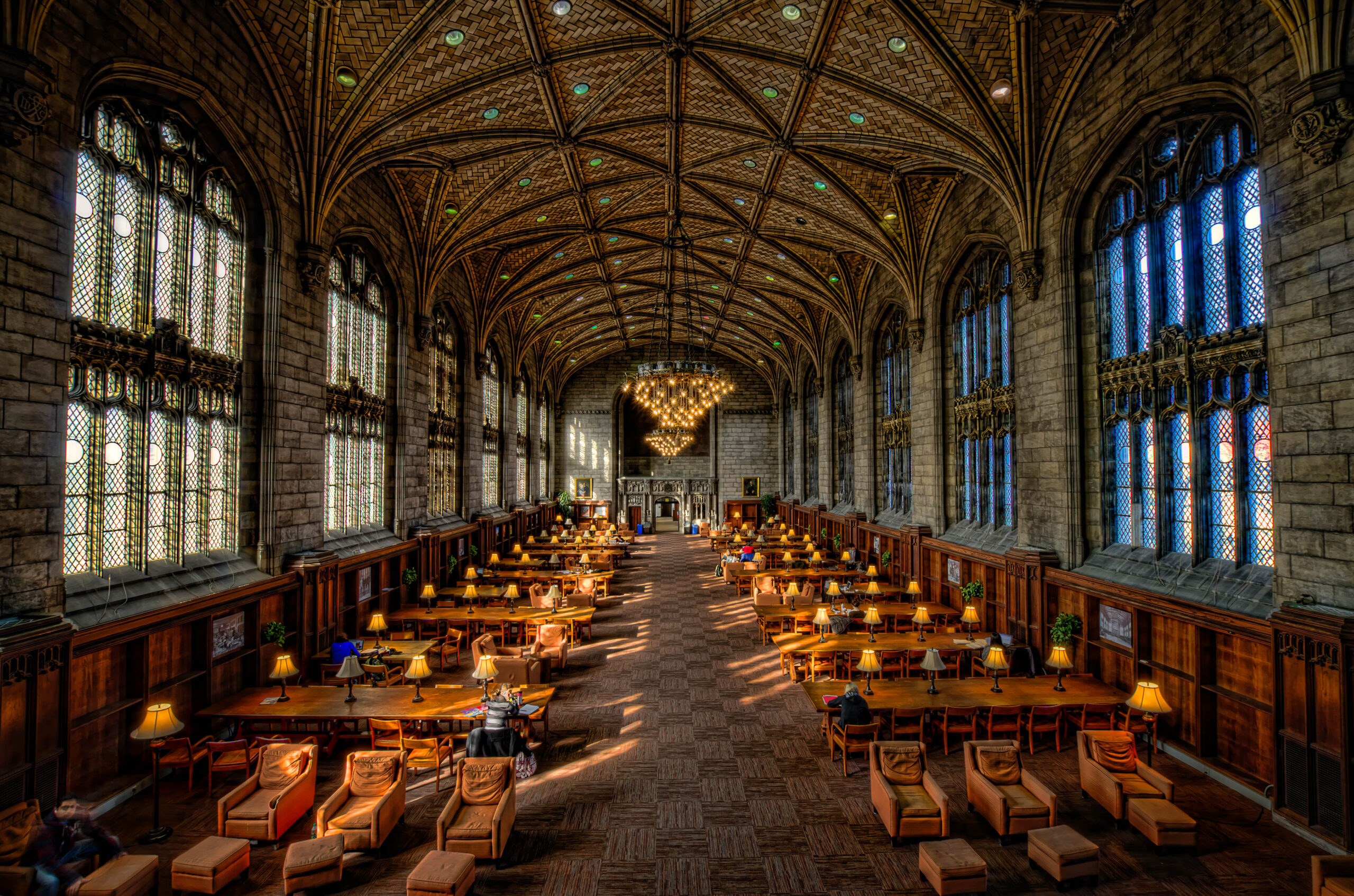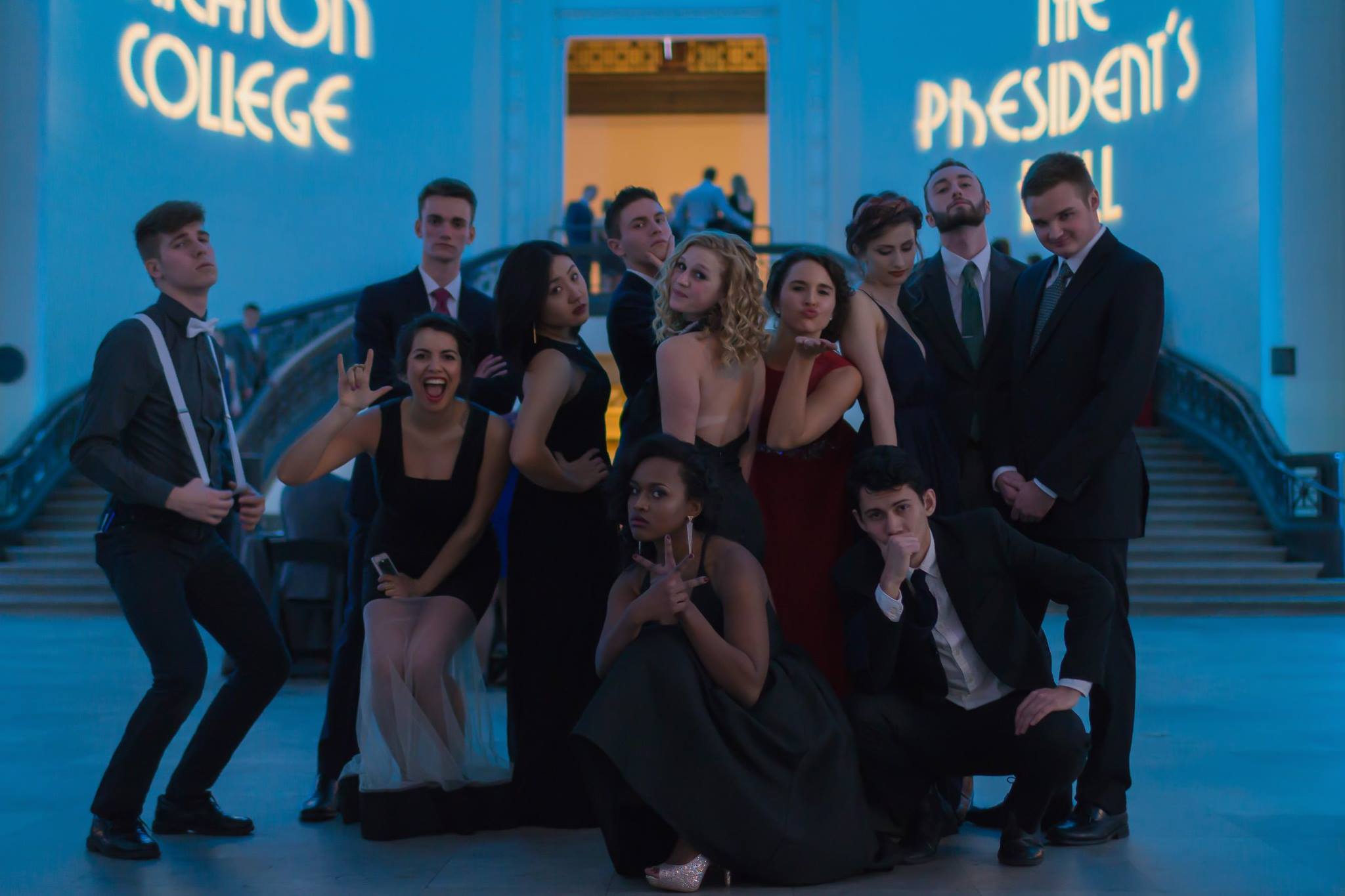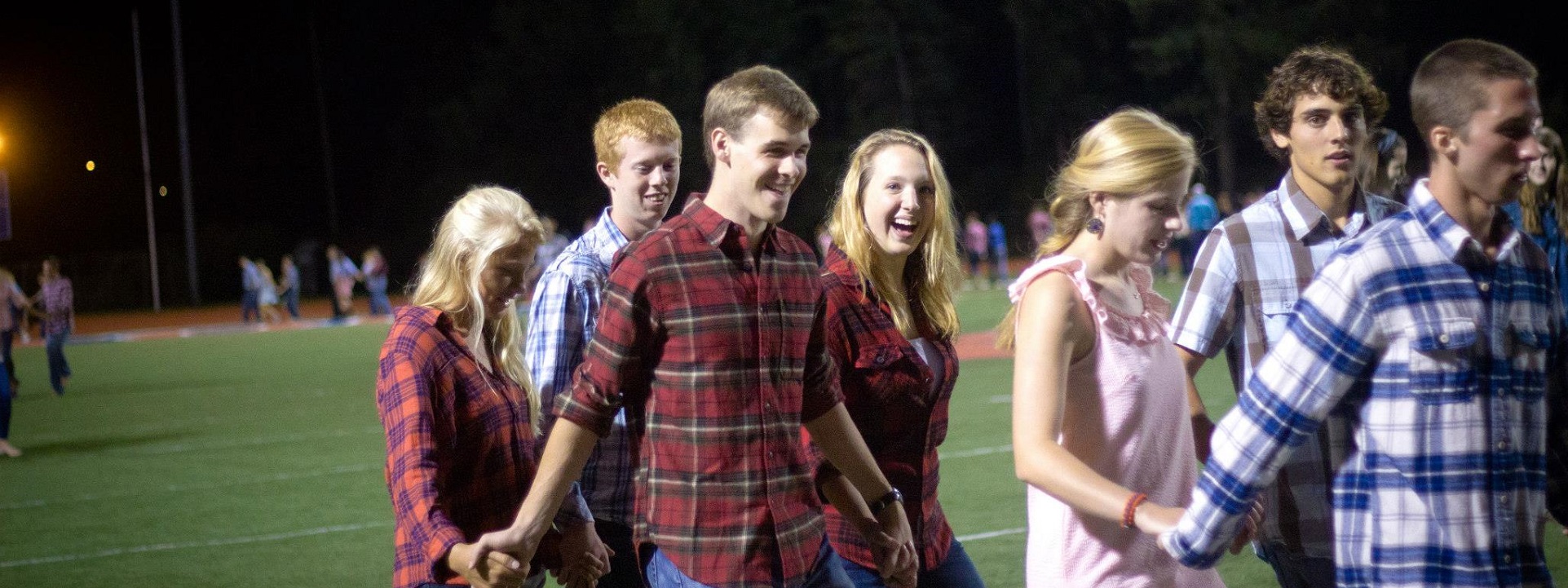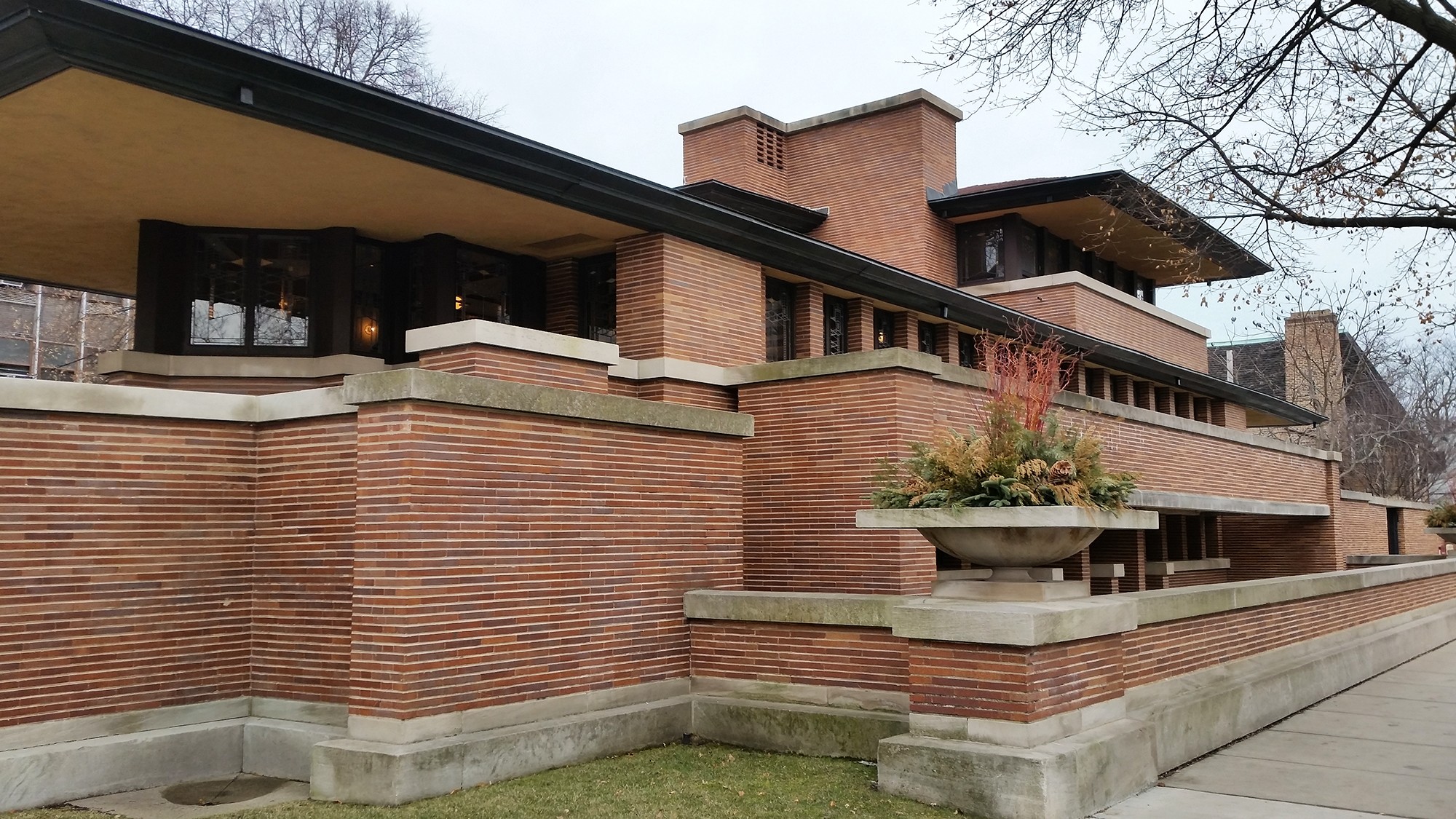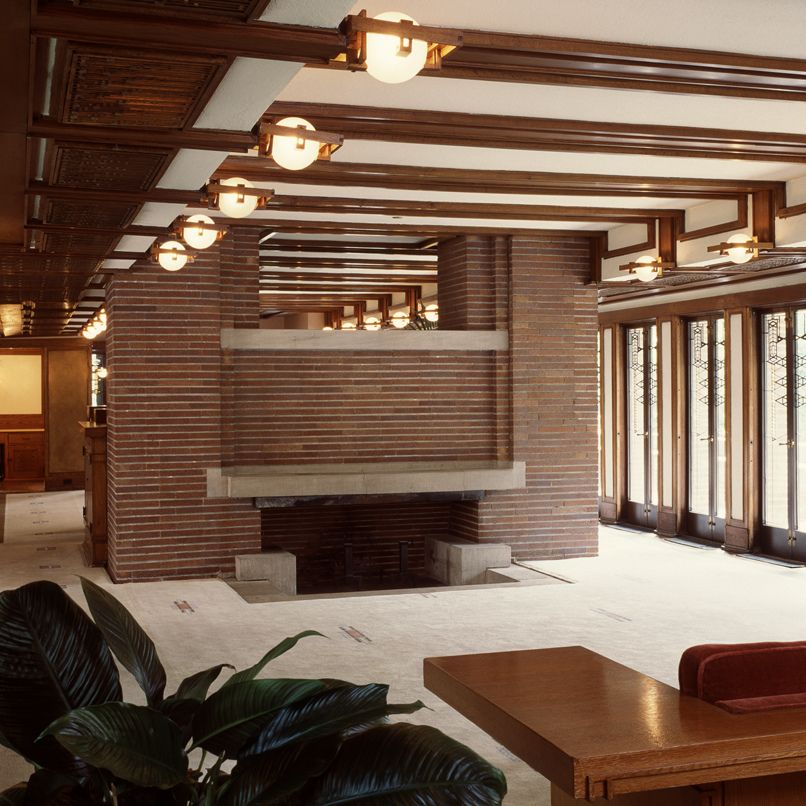https://extension.illinois.edu/blogs/simply-nutritious-quick-and-delicious/2024-02-02-whats-deal-mushroom-coffee
Tag Archives: Illinois
- Home
- Posts tagged "Illinois" (Page 3)

Donut Expedition
“…I found myself in the midst of a civilization that had advanced beyond all the great dreams of my forebears. I had thought my home would be a simple place for pastoral people, people who made their living from agriculture. But it was already a complex place, an iron and steel and railway and grain-exchange city, the gates to the prairie…”
— Saul Bellow, (Nobel Laureate 1976)
The College by the Cup: Grounds of Being
University of Chicago Financial Position 2024: $11.589B | University of Chicago Facilities Services
Architectural “Neighborhoods”
This content is accessible to paid subscribers. To view it please enter your password below or send mike@standardsmichigan.com a request for subscription details.
Peach’s
University of Chicago Consolidated Balance Sheets | $19.837B
“Everydayness is not only a mode of being but a dimension of existence.”
Martin Heidegger “Being and Time”:
Pumpkin Pudding!
This content is accessible to paid subscribers. To view it please enter your password below or send mike@standardsmichigan.com a request for subscription details.
Evensong “Believe Me, If All Those Endearing Young Charms”
“Believe Me, If All Those Endearing Young Charms” is a popular Irish folk song with lyrics written by the Irish poet Thomas Moore. It was first published in 1808 as part of a collection of Moore’s works called “Irish Melodies.” The lyrics of the song are based on a poem by the Irish poet Anne Boleyn (c. 1747–1801).
The melody is traditional Irish, and it is often performed as a slow air or a ballad. The song expresses themes of love, fidelity, and the enduring nature of true affection. Over the years, it has been recorded by many artists and remains a beloved classic in the folk music repertoire.
Robie House
“The mother art is architecture. Without an architecture of our own,
we have no soul of our own civilization.”
University of Chicago Architectural Studies
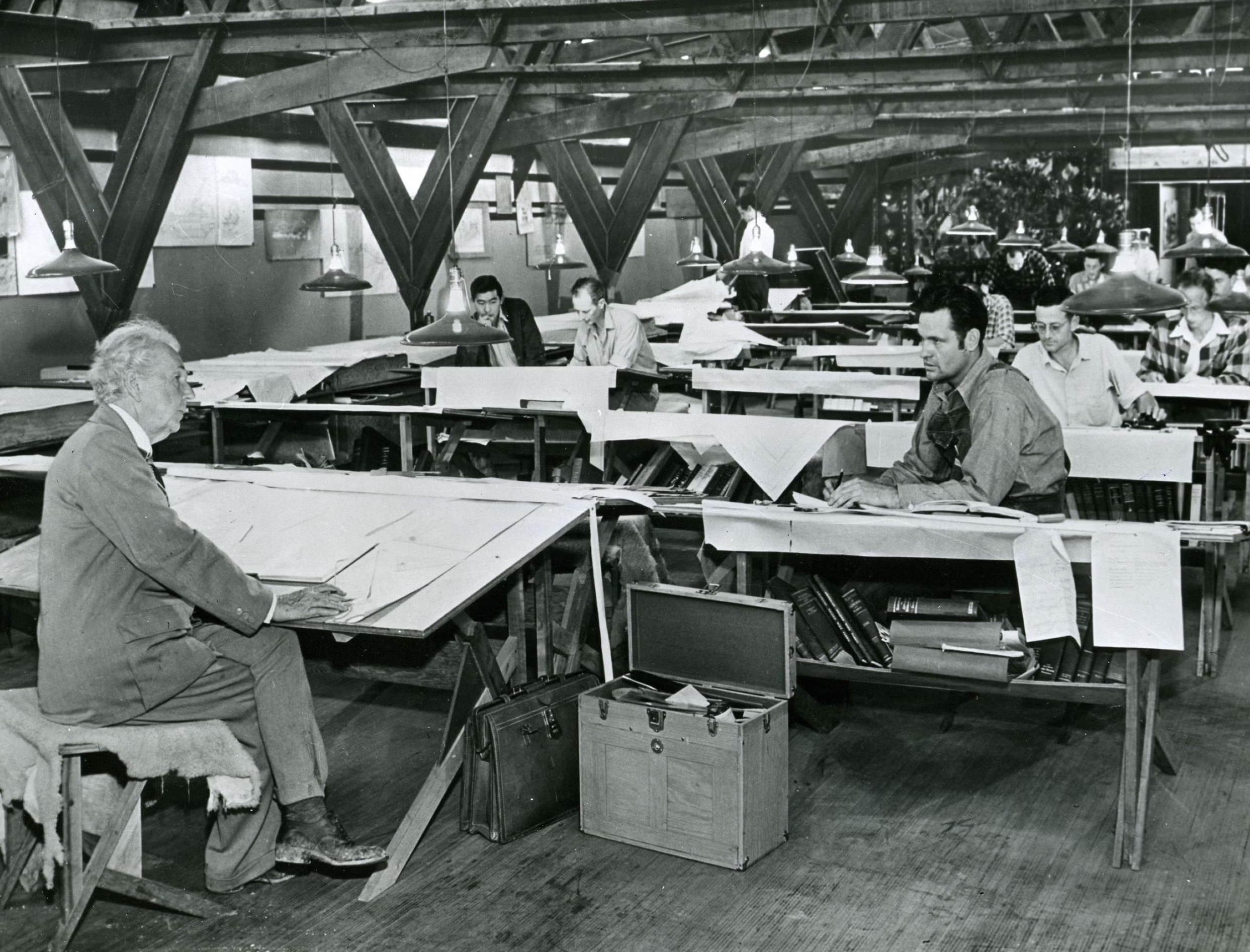
The Robie House is maintained and operated by the Frank Lloyd Wright Trust, a nonprofit organization dedicated to preserving the works of Frank Lloyd Wright. The trust focuses on the restoration, preservation, and education related to Wright’s architectural legacy. The Robie House, located in the Hyde Park neighborhood of Chicago, is one of the trust’s key properties.
Building codes for houses and museums may have some similarities but also key differences due to the distinct functions and occupancy types. Building codes are typically established to ensure the safety, health, and general welfare of the occupants and the public. While some requirements may be consistent, the specific regulations can vary based on the use and characteristics of the building. Here are some general considerations for how building codes might differ between houses and museums:
- Occupancy Type: The primary factor that influences building codes is the occupancy type. Residential houses are generally classified as Group R (Residential), while museums might fall under Group A (Assembly) or Group B (Business). Each occupancy group has specific requirements related to fire safety, egress, accessibility, and structural integrity.
- Fire Safety: Museums often house valuable artifacts, and fire safety is a critical concern. Museums may have more stringent fire protection measures, such as fire suppression systems, fire-resistant construction materials, and specialized storage requirements for certain materials. Residential homes also have fire safety requirements but may not have the same level of protection as cultural institutions.
- Accessibility: Museums, as public buildings, are usually subject to more stringent accessibility requirements to ensure that people with disabilities can navigate the space. This includes features like ramps, elevators, and accessible restrooms. Residential buildings have accessibility requirements as well, but they are typically less extensive compared to public spaces.
- Structural Requirements: Museums may have specialized structural requirements to support the weight of exhibits, particularly for large and heavy artifacts. Residential homes, while still subject to structural codes, may not have the same load-bearing considerations unless they incorporate unique features like extensive libraries or art collections.
- Zoning and Land Use: The location and zoning regulations can also impact both houses and museums differently. Museums might be subject to additional zoning requirements related to cultural institutions, parking, and public access.
- Energy Efficiency: Both residential and commercial buildings are subject to energy efficiency codes, but the specific requirements may differ. Commercial buildings, including museums, might have more extensive requirements for HVAC systems, lighting, and insulation.
International Residential Code
Piping Hot Takes
This content is accessible to paid subscribers. To view it please enter your password below or send mike@standardsmichigan.com a request for subscription details.
New update alert! The 2022 update to the Trademark Assignment Dataset is now available online. Find 1.29 million trademark assignments, involving 2.28 million unique trademark properties issued by the USPTO between March 1952 and January 2023: https://t.co/njrDAbSpwB pic.twitter.com/GkAXrHoQ9T
— USPTO (@uspto) July 13, 2023
Standards Michigan Group, LLC
2723 South State Street | Suite 150
Ann Arbor, MI 48104 USA
888-746-3670



